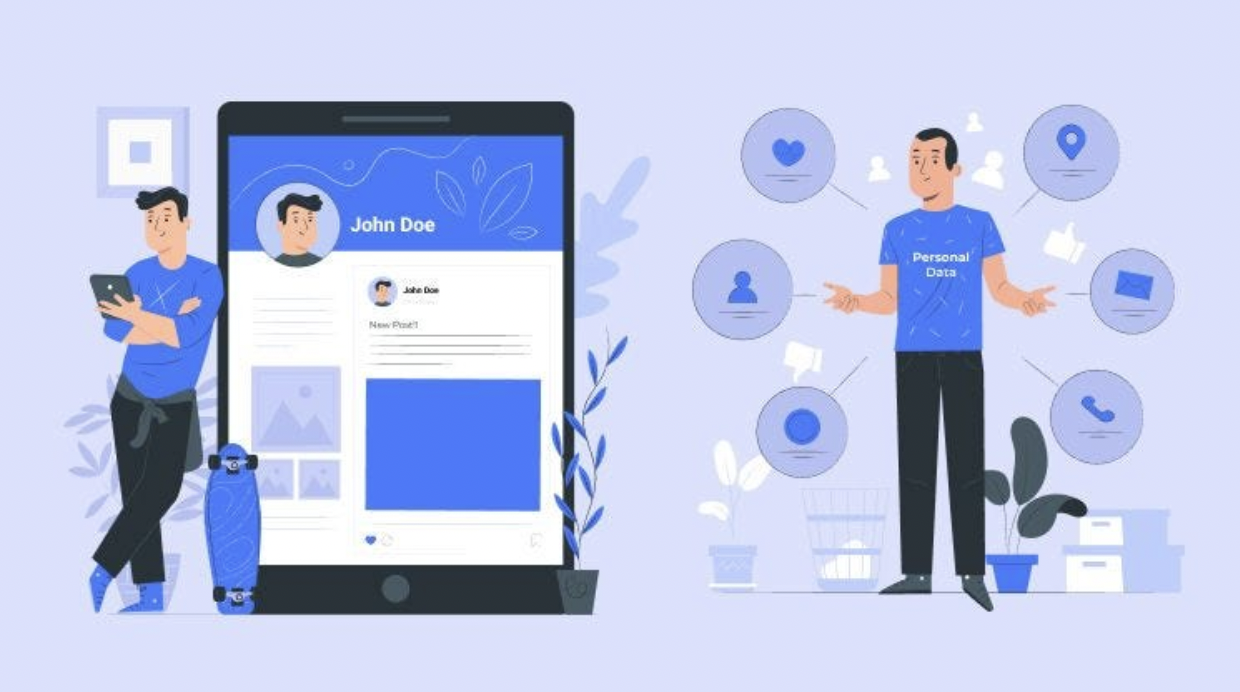Consumers today don’t just want personalized experiences; they expect them. From the moment they open their favorite app to the time they complete a purchase, people are surrounded by curated recommendations, targeted ads, and tailored offers. This isn’t a coincidence; it’s the result of hyper-personalization powered by algorithms.
At Digital Cheddar, we believe this shift represents one of the biggest opportunities for brands to connect more deeply with their audiences.
What Is Hyper-Personalization?
Hyper-personalization goes beyond using a customer’s name in an email. It leverages real-time data, behavioral insights, and machine learning algorithms to deliver experiences that feel almost predictive. Think of:
- Netflix recommending the next show you’ll binge.
- Spotify creating playlists that match your mood.
- Amazon suggesting products you didn’t know you needed.
These experiences don’t happen by chance; they’re powered by sophisticated algorithms analyzing countless data points.
Why Hyper-Personalization Matters
- Consumer Expectations Have Shifted
Shoppers don’t just want options; they want the right options. According to recent studies, over 70% of consumers are more likely to purchase from brands that offer tailored experiences. - Loyalty Is Built on Relevance
When consumers feel understood, they engage more deeply and stick around longer. Hyper-personalization helps transform one-time buyers into long-term advocates. - Revenue Growth Follows Precision
Personalized recommendations drive higher conversion rates, bigger basket sizes, and increased repeat purchases, proving that relevance is directly tied to revenue.
The Algorithms Behind the Experience
At the core of hyper-personalization are machine learning models designed to anticipate consumer needs:
- Collaborative Filtering: Finding similarities between users to recommend products based on shared behaviors.
- Content-Based Filtering: Recommending based on attributes of items a consumer already likes.
- Deep Learning Models: Layered algorithms that adapt and evolve as more consumer data is collected, improving accuracy over time.
These approaches work together to deliver seamless, individualized experiences across touchpoints.
Challenges for Brands
While hyper-personalization is powerful, it also comes with challenges:
- Data Privacy Concerns: Consumers want personalization, but not at the cost of their privacy.
- Algorithm Bias: Unchecked models can reinforce stereotypes or limit diversity in recommendations.
- Scalability: Implementing personalized experiences at scale requires robust infrastructure and strategy.
Hyper-personalization isn’t just the future. It’s happening now. The question for businesses is whether they’ll embrace it or fall behind.
Learn more about how we’re helping companies stay ahead of the curve at Digital Cheddar.


